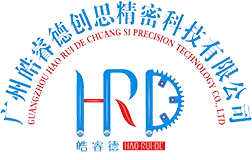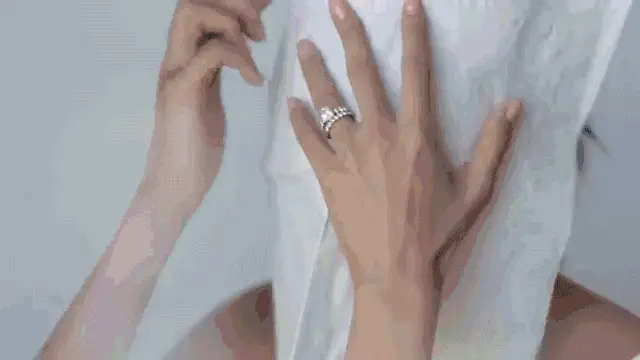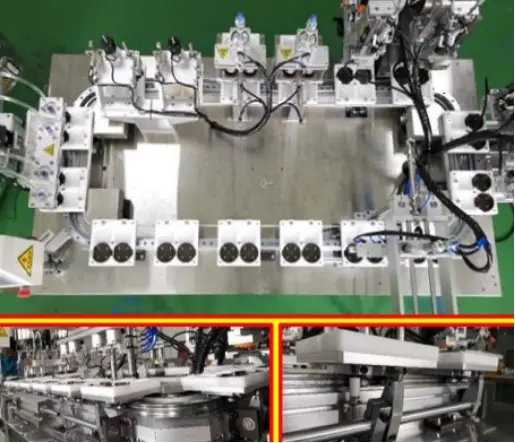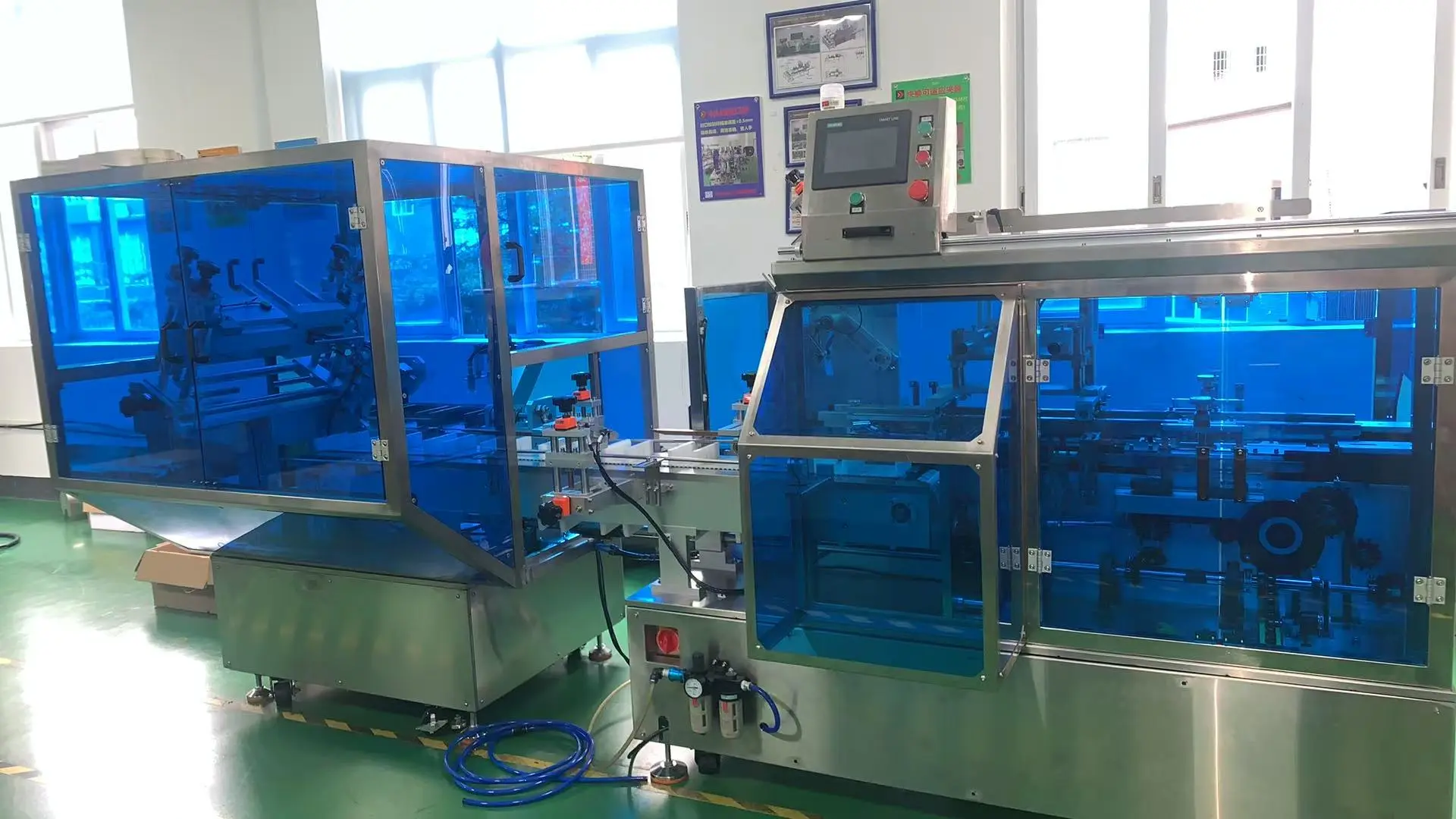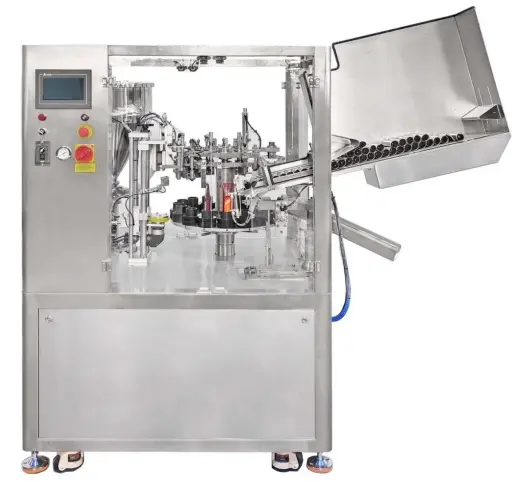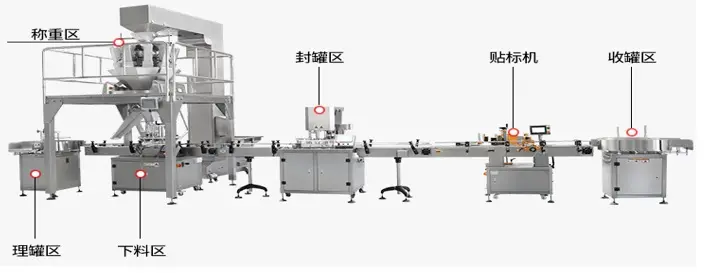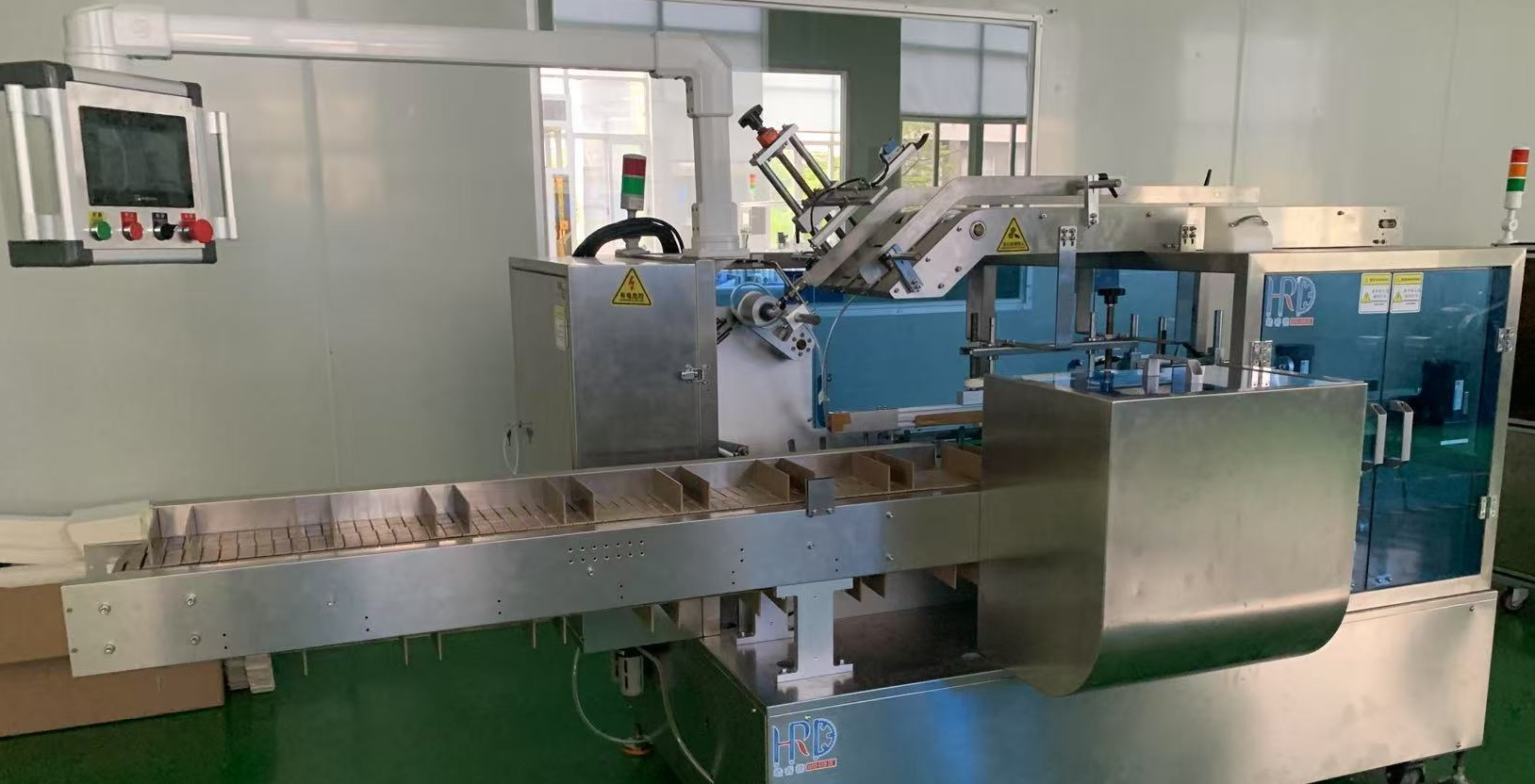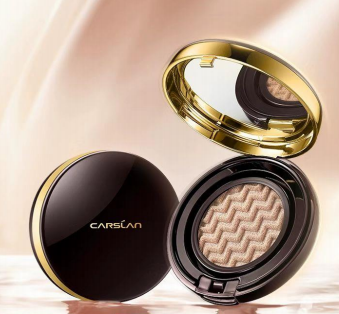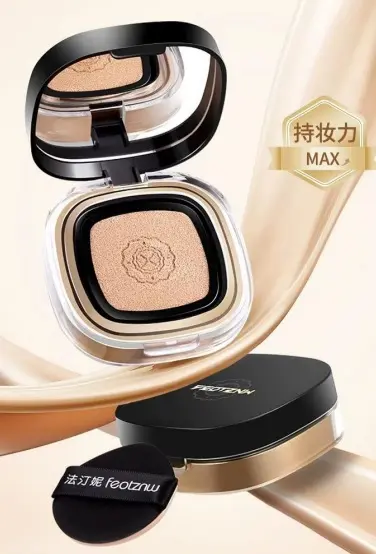0102030405
U.S. 145% Tariff Hike on China Jolts Domestic Cosmetics Market
2025-04-29
Recently, the U.S. move to impose a 145% tariff on Chinese goods exported to the United States has significantly impacted the domestic cosmetics market, drawing widespread attention from all sectors.
Many American cosmetics brands have long relied on importing packaging materials such as bottles, plastic tubes, and labels from China. Leveraging its robust manufacturing capabilities, China boasts a remarkable cost advantage in packaging production. David Chung, founder of the emerging U.S. haircare brand The Rootist, revealed that the cost of aluminum bottle packaging made in China is four times lower than that produced in the United States. However, the 145% high - tariff has caused a sharp increase in the costs of these Chinese - made cosmetics packaging materials shipped to the U.S. for filling and processing. Michael Sacco, Managing Director of CBIZ, a tax and business consulting firm, pointed out that this undoubtedly poses new operational challenges to the U.S. beauty industry. Moreover, if certain key raw materials for cosmetics are imported from China, cost increases are inevitable.
The soaring costs have quickly translated into price hikes in the market. Many brands, unable to bear the high tariff costs, have announced price increases. Foreo, a beauty device brand whose products are all manufactured in China, was the first to announce a 20% - 30% price increase across its product range. The retail price of its LUNA4 facial cleansing device, originally 129,hasincreasedby25 - 39,reaching154 - $168. The Rootist also plans to raise product prices in May or June due to the new tariff policy. As more brands shift the cost burden to consumers, the overall price level of the U.S. cosmetics market has shown a clear upward trend.
Consumers have responded strongly to the price increases. When cosmetics prices rise significantly, some consumers start to refrain from purchasing high - priced products. Price - sensitive consumers are turning to more cost - effective alternatives, including domestic niche brands or cosmetics imported from other countries. Lucy Beauty Supply and Braiding, a beauty retailer in North Carolina, U.S., stated that the shipping costs of goods imported from China to the United States have skyrocketed, making the cost for U.S. customers to purchase skincare products at least 2.7 times higher than before, which has discouraged many consumers.
In terms of the industry's competitive landscape, large cosmetics companies, with their resource and scale advantages, have some room to buffer the impact of tariffs. They can mitigate cost pressures by adjusting their supply chains and renegotiating with suppliers. However, numerous small cosmetics enterprises face severe challenges. The high tariffs have become a heavy burden, even threatening their survival. Some small brands relying on Chinese production or raw material supply have had to delay new product launches and development activities due to their inability to afford the cost increases, and their market shares are gradually being eroded by competitors. At the same time, although Chinese cosmetics companies face obstacles in exports, this has also prompted them to intensify domestic market development and enhance product value - added. If the tariff policy is adjusted in the future, their competitiveness is expected to improve when re - entering the U.S. market, which will potentially reshape the competitive landscape of the U.S. domestic cosmetics market.
The 145% tariff imposed by the U.S. on China has brought many uncertainties to the production, sales, and consumption aspects of the U.S. domestic cosmetics market. The future direction of the market remains highly uncertain and largely depends on whether the tariff policy will be further adjusted.https://www.hrdautomaticequ.com/news/
